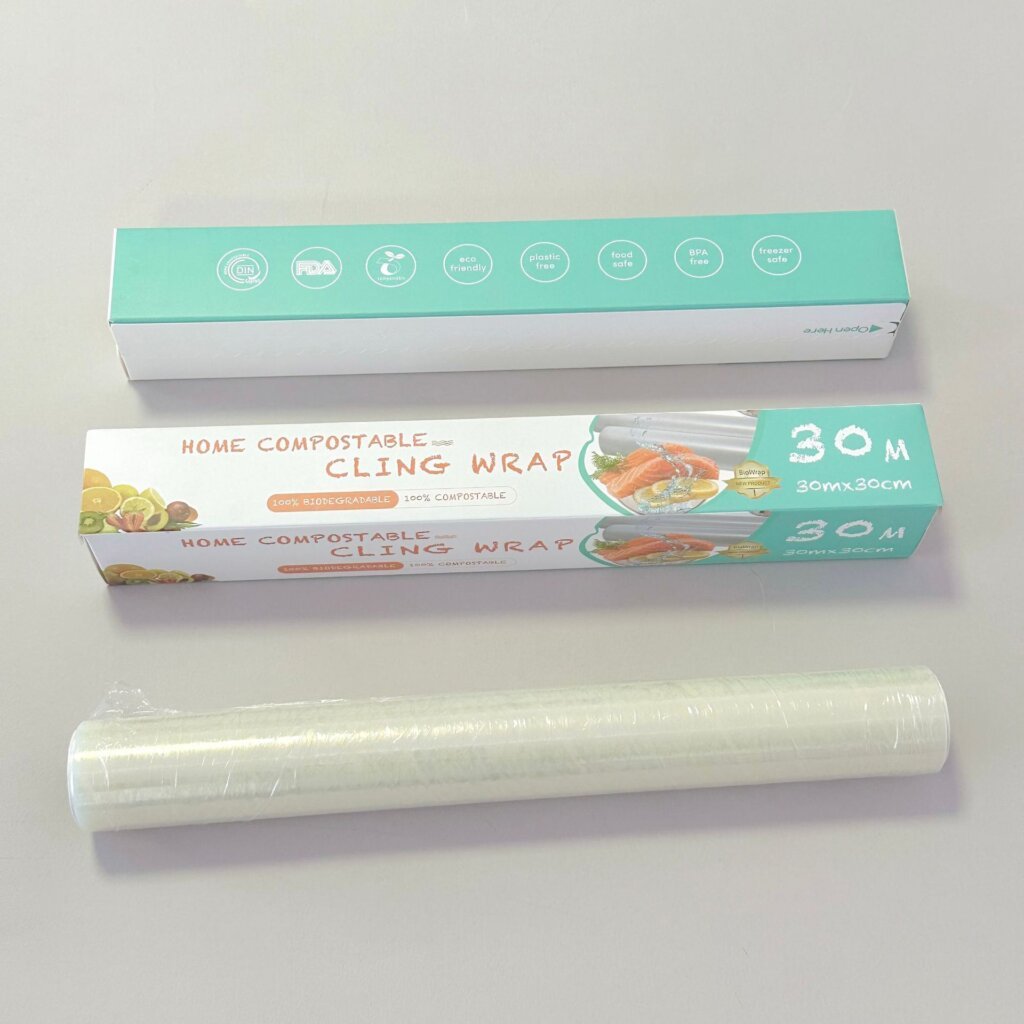As an emerging environmental pollutant, microplastics may have potential hazards that may affect multiple systems of the human body, including the immune, nervous, digestive, and cardiovascular systems. Although current research on the direct effects of microplastics on the human body is still mainly based on animal experiments, the relevant findings are sufficient to attract widespread attention.

Main hazards
- Immune and inflammatory response: Microplastics can activate the human immune system and cause overreactions, leading to chronic inflammation or allergies. Long-term exposure to microplastic environments may increase the risk of autoimmune diseases. For example, animal experiments have shown that polyethylene particles can change the structure of intestinal flora and destroy intestinal barrier function; while chemicals such as polyvinyl chloride may also interfere with the endocrine system and cause metabolic disorders.
- Nervous system damage: Microplastics have the ability to penetrate the blood-brain barrier, and after entering the brain tissue, they can activate immune cells and cause neuroinflammation. This process may be associated with neurodegenerative diseases such as Alzheimer’s disease and Parkinson’s disease. In animal experiments, microplastic exposure also changes neurotransmitter levels, leading to cognitive impairment and abnormal behavior.
- Cardiovascular and metabolic risks: Microplastics accumulation in blood vessels may lead to thrombosis, thereby increasing the risk of heart disease and stroke. In addition, some studies have also pointed out that microplastics may affect fat metabolism and increase the risk of metabolic diseases such as obesity or diabetes.
- Digestive and respiratory system effects: Orally ingested microplastics may damage the gastrointestinal mucosa, cause inflammation or ulcers, and interfere with normal nutrient absorption. Inhaled microplastics may be deposited in the lungs, causing respiratory inflammation or impaired alveolar function.
Potential indirect hazards
- Environmental impact and food chain transmission: Microplastic pollution may reduce the photosynthesis efficiency of crops, thereby threatening global food security. In addition, microplastics may also be transmitted through the food chain and eventually enter the human body, posing a potential threat to human health.
- Chemical carriers: Heavy metals or persistent organic pollutants are often adsorbed on the surface of microplastics. These pollutants may enter the human body with the ingestion of microplastics, thereby exacerbating the toxic effects.

Research limitations
Currently, most of the research conclusions on the impact of microplastics on human health are based on animal experiments, such as kidney damage in mice or changes in intestinal flora. Direct evidence from humans is still relatively insufficient. However, scientists are actively exploring the relationship between microplastic types, doses and health effects in order to provide a more accurate basis for the health risk assessment of microplastic pollution.
Recommended measures
Given the potential hazards of microplastic pollution, we should take active measures to reduce the intake of microplastics. Specific suggestions include:
- Reduce the use of traditional disposable plastic products, such as products made of polypropylene (PP) and polyethylene (PE).
- Give priority to glass, ceramic containers or bio-based degradable and compostable plastic products to reduce the risk of microplastic exposure.
- Pay attention to the research progress of new pollutants, and keep abreast of the latest research results on the effects of microplastic pollution on human health and the environment, so as to better take countermeasures.
The problem of microplastic pollution cannot be ignored. We should start with ourselves, actively participate in environmental protection, and jointly protect our home planet and human health.






